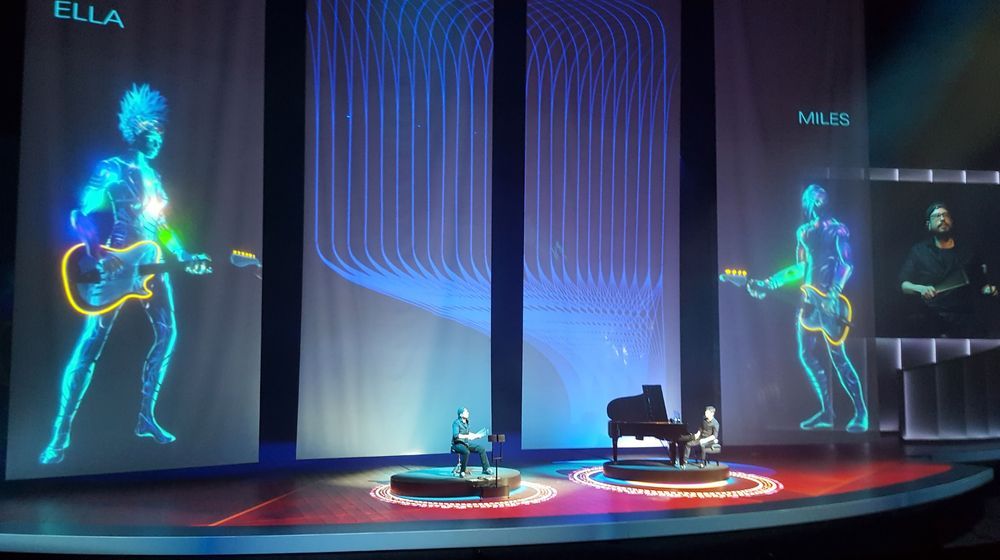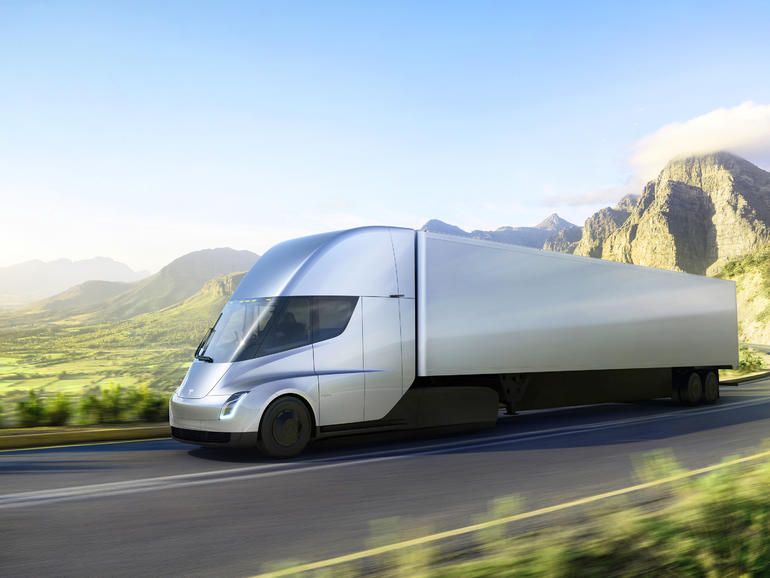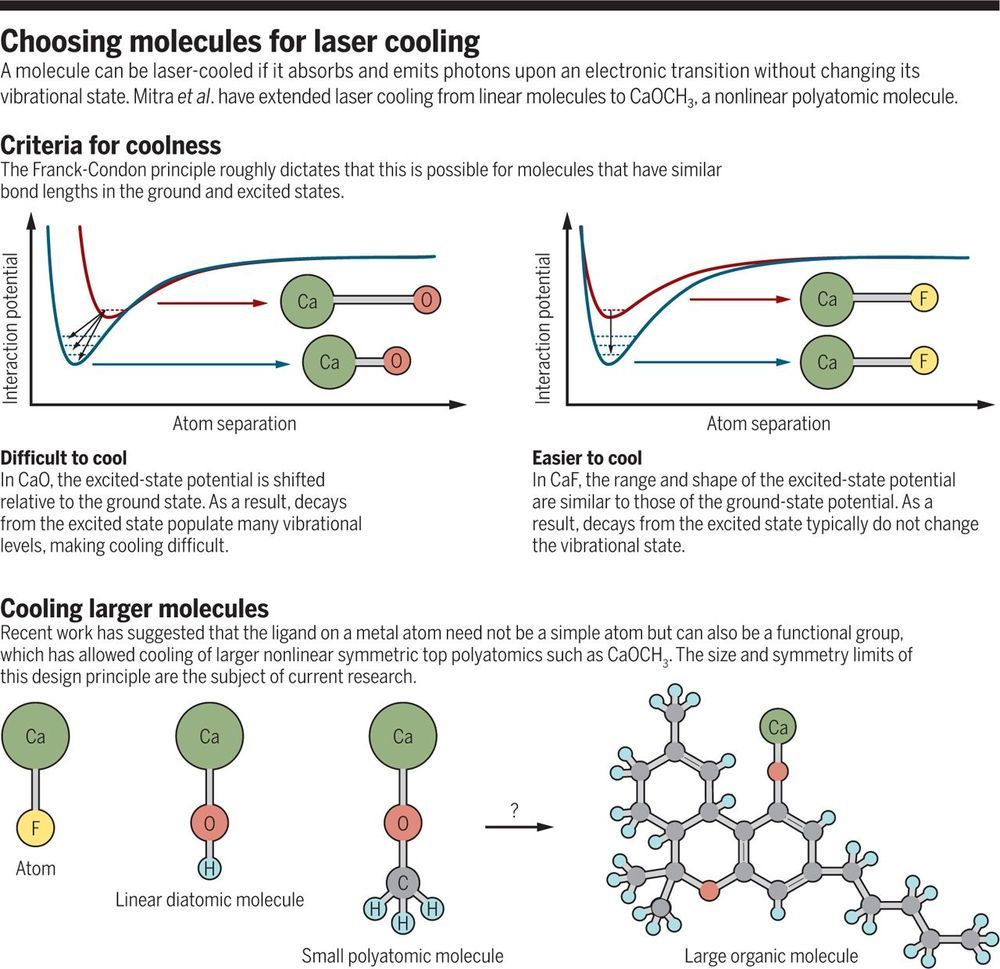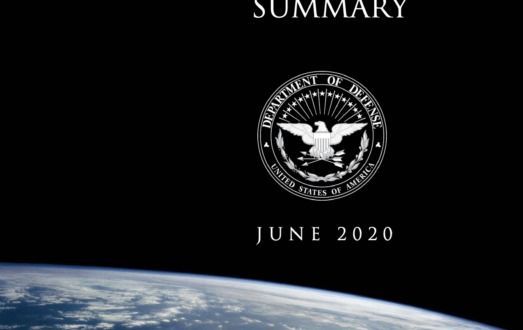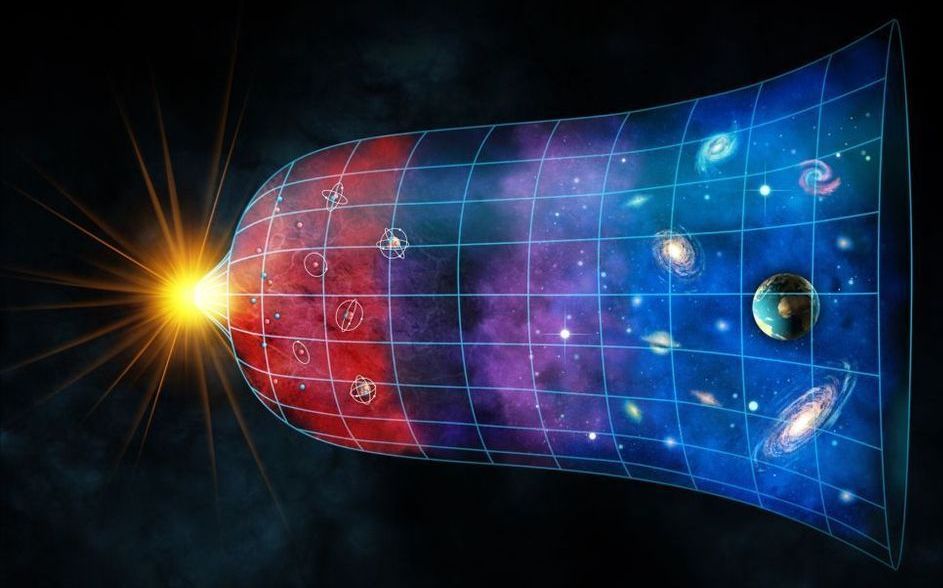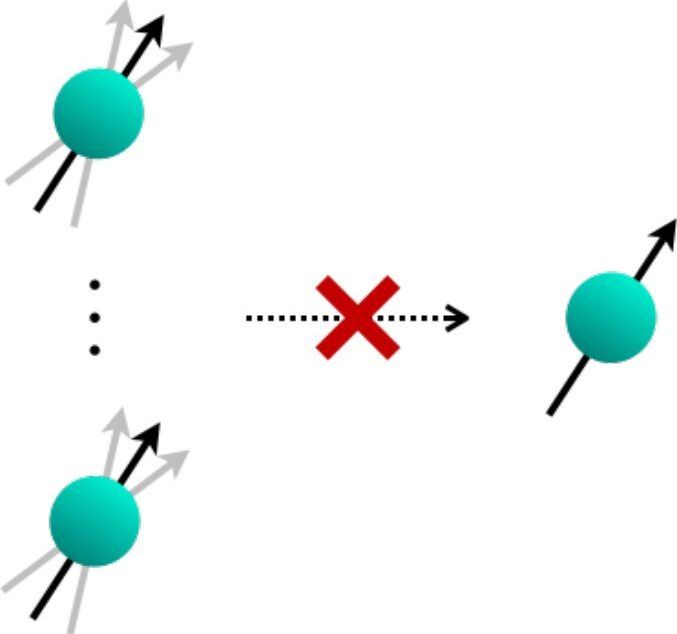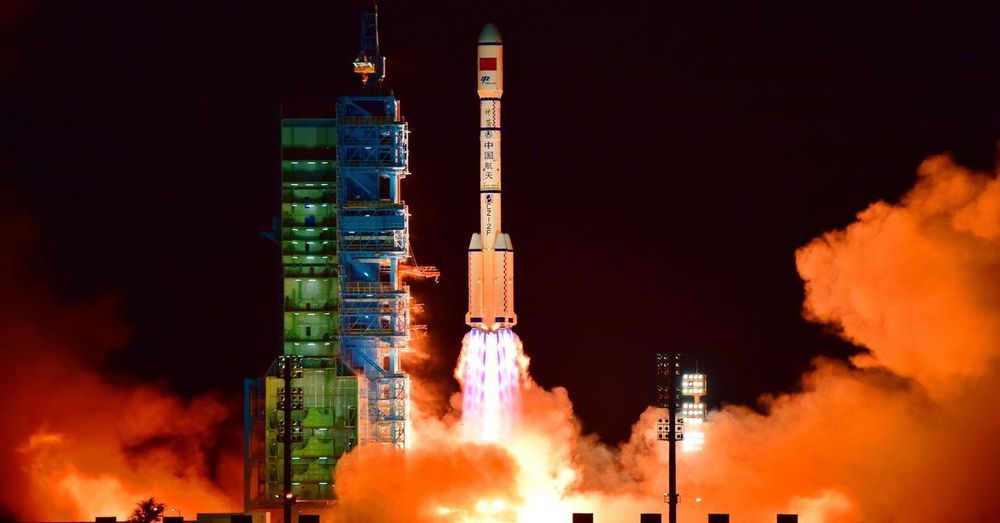The Lygon blockchain platform, which runs on IBM Public Cloud, has reportedly successfully conducted its pilot since last year with Australian banks ANZ, Commonwealth Bank of Australia (CBA) and Westpac and a group of 20 Australian businesses.
Banks are expected to issue bank guarantees in just one day once they implement Lygon compared to the current paper-based guarantees that can take a month. The three Australian banks and retailers Scentre Group and IBM are planning to expand the Lygon platform for commercial use, according to a report on Sept 1.
A bank guarantee is a type of financial backstop offered by a lending institution. The bank guarantee means that the lender will ensure that the liabilities of a debtor will be met. The financial guarantees are said to be needed as part of retail property leases and from this month. Lygon chairman Nigel Dobson added that:
“The commercialisation of the Lygon platform represents a significant milestone for blockchain technology in Australia and globally. In digitising a bank guarantee, we’ve essentially transformed a three-way contract. We’ve digitised the paperwork, the process and the legality behind it…”
Australia gets more blockchain projects.
Listen to article.
